- Phonological awareness: The ability to recognize and manipulate the individual sound structures of a whole word without any reliance on print
- Print awareness: The understanding of the elements of print, including alphabet knowledge and concepts about print (for example, reading starts at the top left of a page)
- Rhyming: Ability to recognize rhymes, which is an early phonological skill requiring recognition of the sound structure of language
- Print Knowledge: Ability to recognize important elements of print, including identification of individual capital and lowercase letters
- Initial Sound Matching: Ability to isolate and match the first phoneme (smallest unit of speech sound) in a pair of words
- Final Sound Matching: Ability to isolate and match the last phoneme in a pair of words
- Sound –Symbol: Ability to isolate the initial or final phoneme (sound) and match it to the corresponding grapheme (symbol)
- Phonemic Awareness: Ability to segment the individual phonemes in a word
- Screening to identify children who are behind their peers
- Identifying strengths and areas needing improvement
- Tracking progress over time using the growth scoreand three parallel forms
- Researching the effectiveness of early literacy programs
-
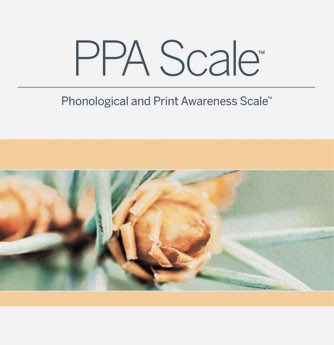
Phonological and Print Awareness Scale (PPA Scale)
PPA Scale Comprehensive Kit
$727.20 -
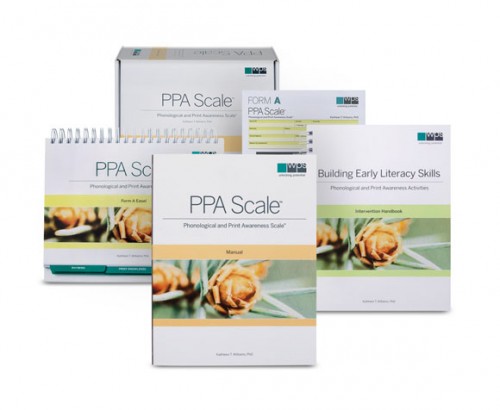
Phonological and Print Awareness Scale (PPA Scale)
PPA Scale Form A Kit
$385.20 -
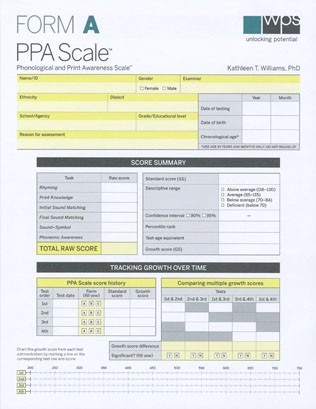
Phonological and Print Awareness Scale (PPA Scale)
PPA Scale Form A (25)
$70.80 -
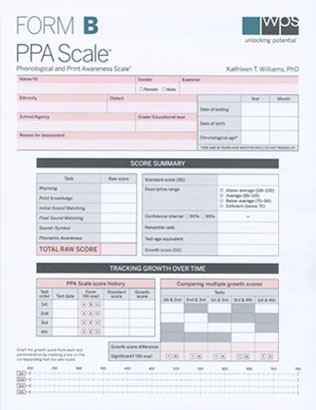
Phonological and Print Awareness Scale (PPA Scale)
PPA Scale Form B (25)
$70.80 -
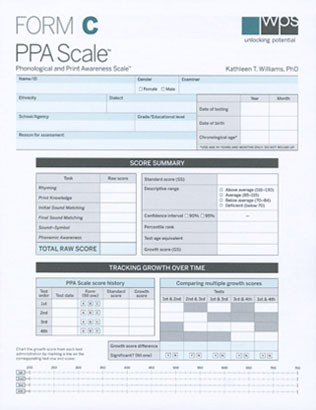
Phonological and Print Awareness Scale (PPA Scale)
PPA Scale Form C (25)
$70.80 -
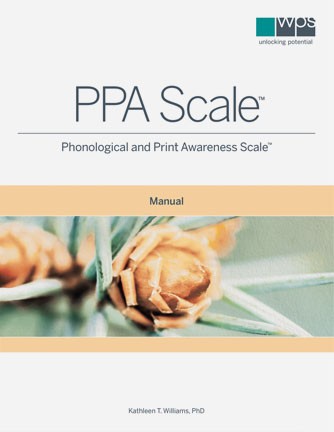
Phonological and Print Awareness Scale (PPA Scale)
PPA Scale Manual
$110.40 -
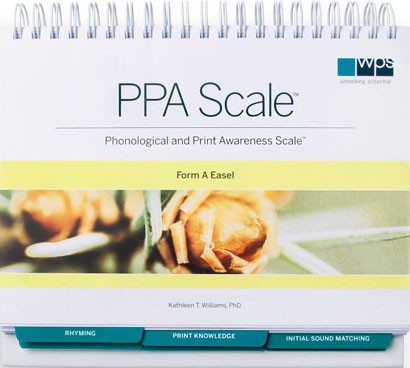
Phonological and Print Awareness Scale (PPA Scale)
PPA Scale Easel A
$154.80 -
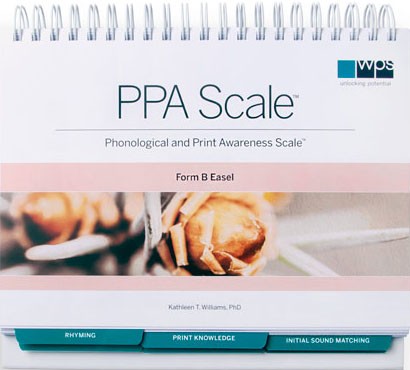
Phonological and Print Awareness Scale (PPA Scale)
PPA Scale Easel B
$154.80 -
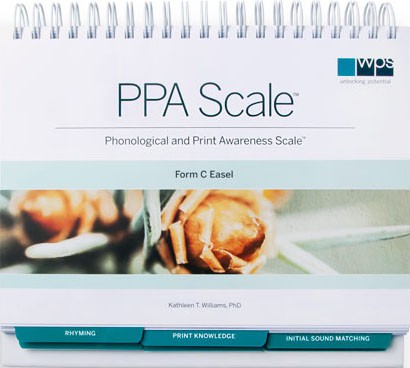
Phonological and Print Awareness Scale (PPA Scale)
PPA Scale Easel C
$154.80 -
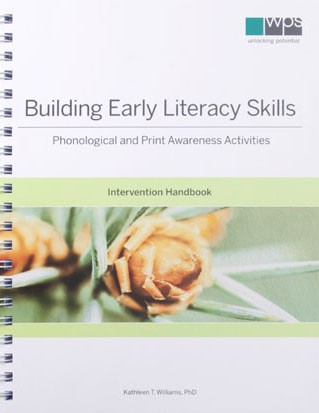
Phonological and Print Awareness Scale (PPA Scale)
Building Early Literacy Skills
Phonological and Print Awareness Activities
Intervention Handbook
$110.40
- Copyright 2014

 Proud to be Canadian
Proud to be Canadian